The Herds transforms sidewalks and plazas with puppetry, movement and ritual, inviting participants to reimagine land, ecology and community. Photo by Vegard Aasen.
Artists of all disciplines help you think differently
Rising authoritarianism, deepening inequality and the climate crisis are among the challenges we face today.
We can’t leap these hurdles on strategy alone. We need imagination just as much as we need action plans.
That’s why bringing artists into your mission is not a luxury.
It’s a necessity.
- You have the power to amplify change by embracing artists as co-strategists.
Artists of all disciplines are not just storytellers. They can be architects of new possibilities. - You can build deeper coalitions by inviting creatives into your organizing spaces. Imagination is a tool for resistance and renewal.
- You help dismantle authoritarian narratives when you collaborate across artistic disciplines.
- You don’t have to choose between strategy and creativity.
By collaborating with artists, you expand what’s possible and reclaim the public imagination.
Favianna Rodriguez helped Ben & Jerry’s center immigrant voices and stories in its Pecan Resist campaign, blending cultural insight with creative strategy.
Embrace artists as co-strategists, not just storytellers
Artists don’t just illustrate ideas, they invent them.
I’ve seen how painters, poets, filmmakers and dancers uncover solutions that strategy alone misses.
They can co-design campaigns, shape engagement and open doors to possibilities that would never appear on a spreadsheet.
The Beehive Design Collective amplifies social and environmental justice stories through collaborative graphics, including the Mesoamérica Resiste campaign across Latin America.
Build deeper coalitions through creative collaboration
Creativity changes how groups connect and move together.
When artists join organizing spaces, wonder and play become tools for unity. I’ve watched communities shift from loose alliances into resilient networks simply by sharing imaginative work.
BmoreArt highlighted artists challenging authoritarianism across disciplines, including Jiří Menzel’s Oscar-winning “Closely Watched Trains,” a film that used storytelling to confront oppressive systems.
Dismantle authoritarian narratives with cross-disciplinary art
Authoritarian narratives thrive on fear and narrow thinking.
I’ve witnessed a muralist, a spoken-word poet and a photographer together disrupting those messages in ways that hit harder than reports or speeches.
Cross-disciplinary art multiplies impact and lodges innovative ideas deep in public consciousness.
Strategy and creativity are not opposites; they are force multipliers
Strategy alone can be rigid. Creativity alone can wander. When brought them together, they strengthen each other.
Artists as equal partners help keep strategy flexible, human-centered and unforgettable, expanding what’s possible while reclaiming public imagination.
Let creativity be your compass
The only thing standing between you and extraordinary change is the limits you’ve decided to accept. Fear of the unfamiliar. Habit dressed up as practicality. The comfort of routine.
But every major shift in history started with someone willing to imagine more and act on it.
If you leave creativity and artists out of your strategy, you’re not playing to win. You’re playing to stay safe.
And “safe” has never changed a damn thing.
Randall White
Abbetuck

Ken Grossinger’s “Nine lessons for fighting authoritarianism using art in an age of resistance” for the Southern Poverty Law Center inspired the drafting of this post.
Mr. Grossinger’s third lesson was “Embrace creatives.” He wrote, “Artists and organizers who collaborate with one another have great capacity to effect change. Community and labor organizations can mobilize and exercise their power, and by working with artists they can creatively shift authoritarian narratives that constrain our actions.”
I’ll address lessons four through nine in an upcoming Abbetuck POV Blog post.

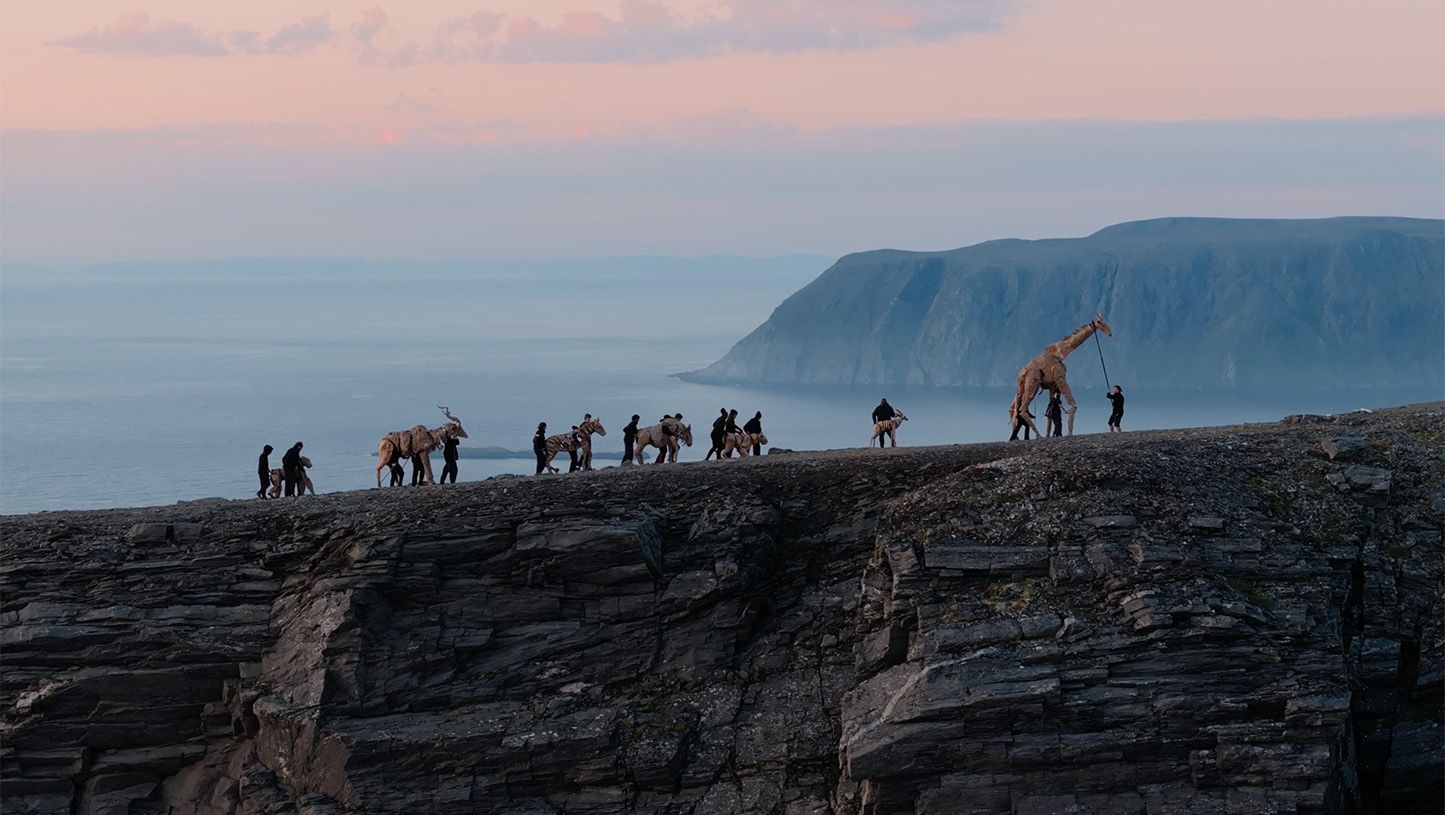
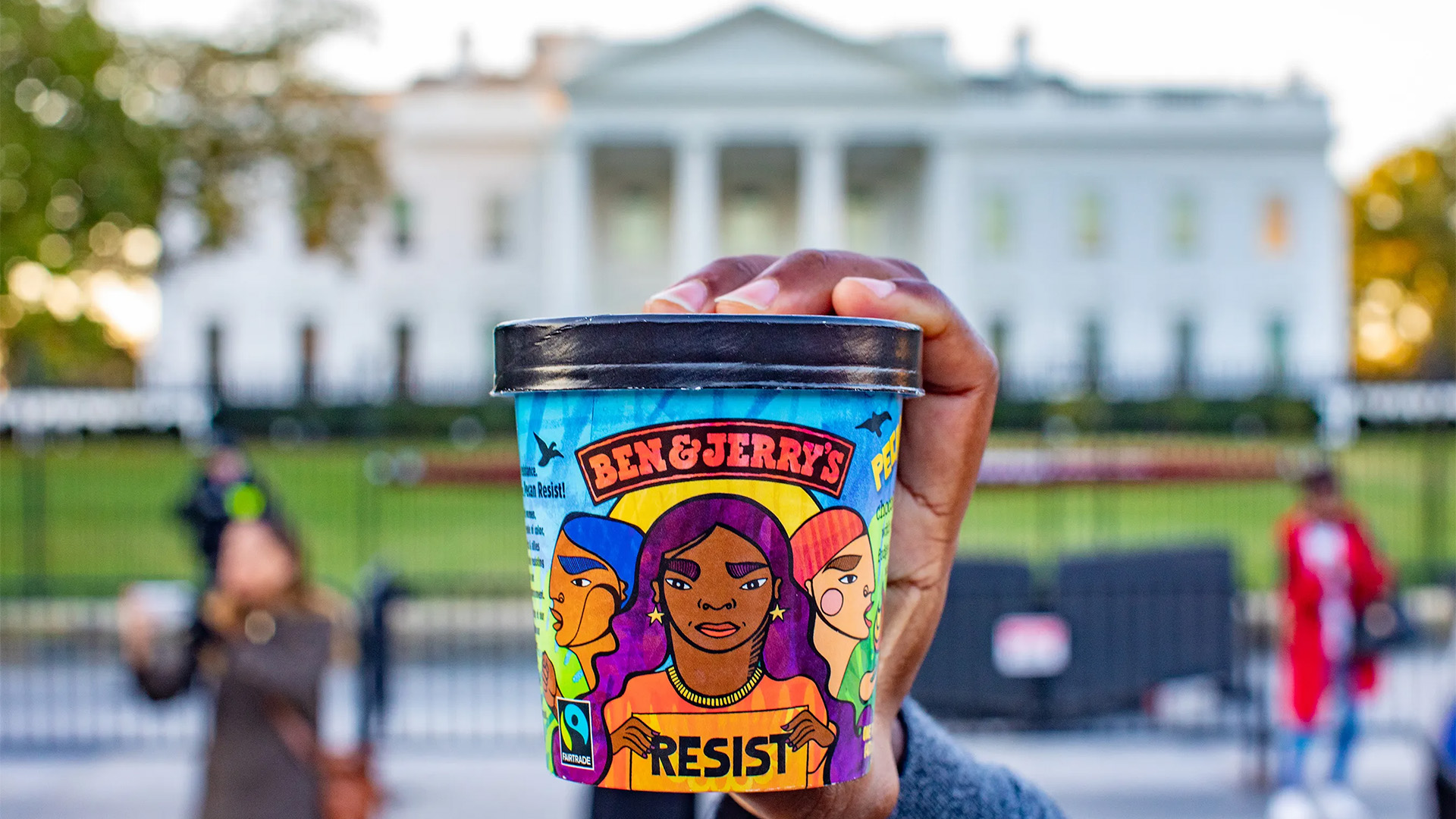
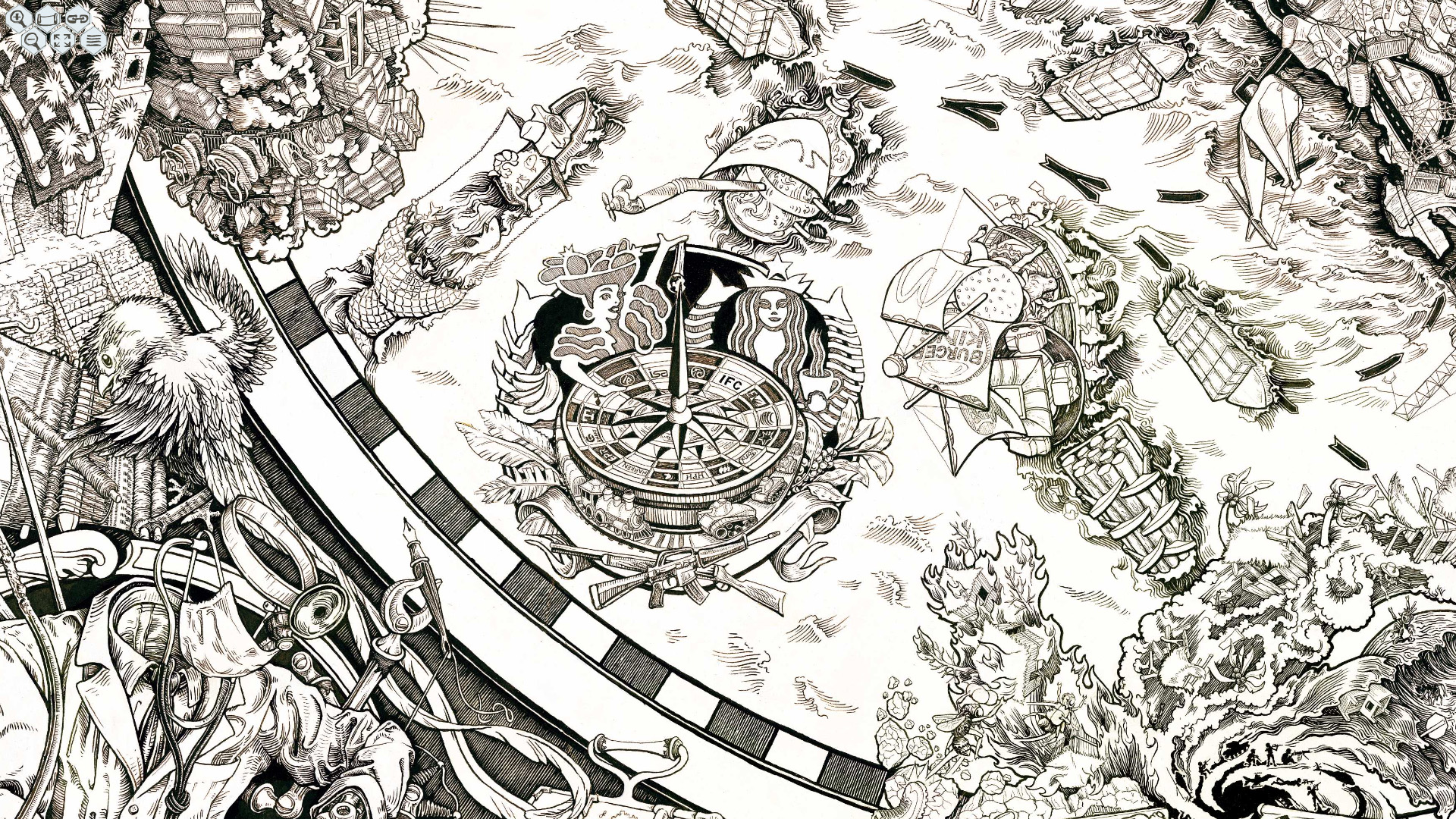
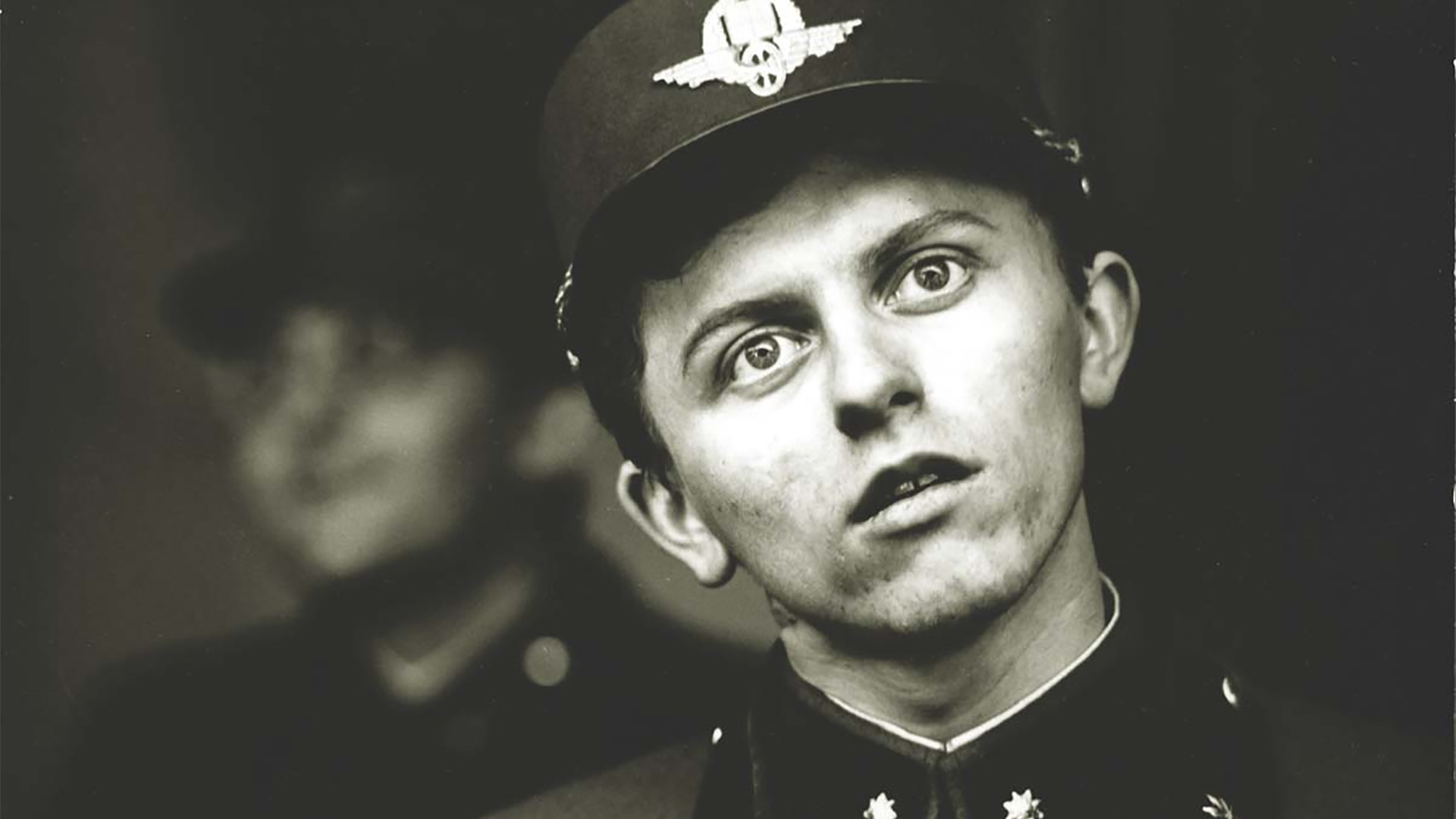
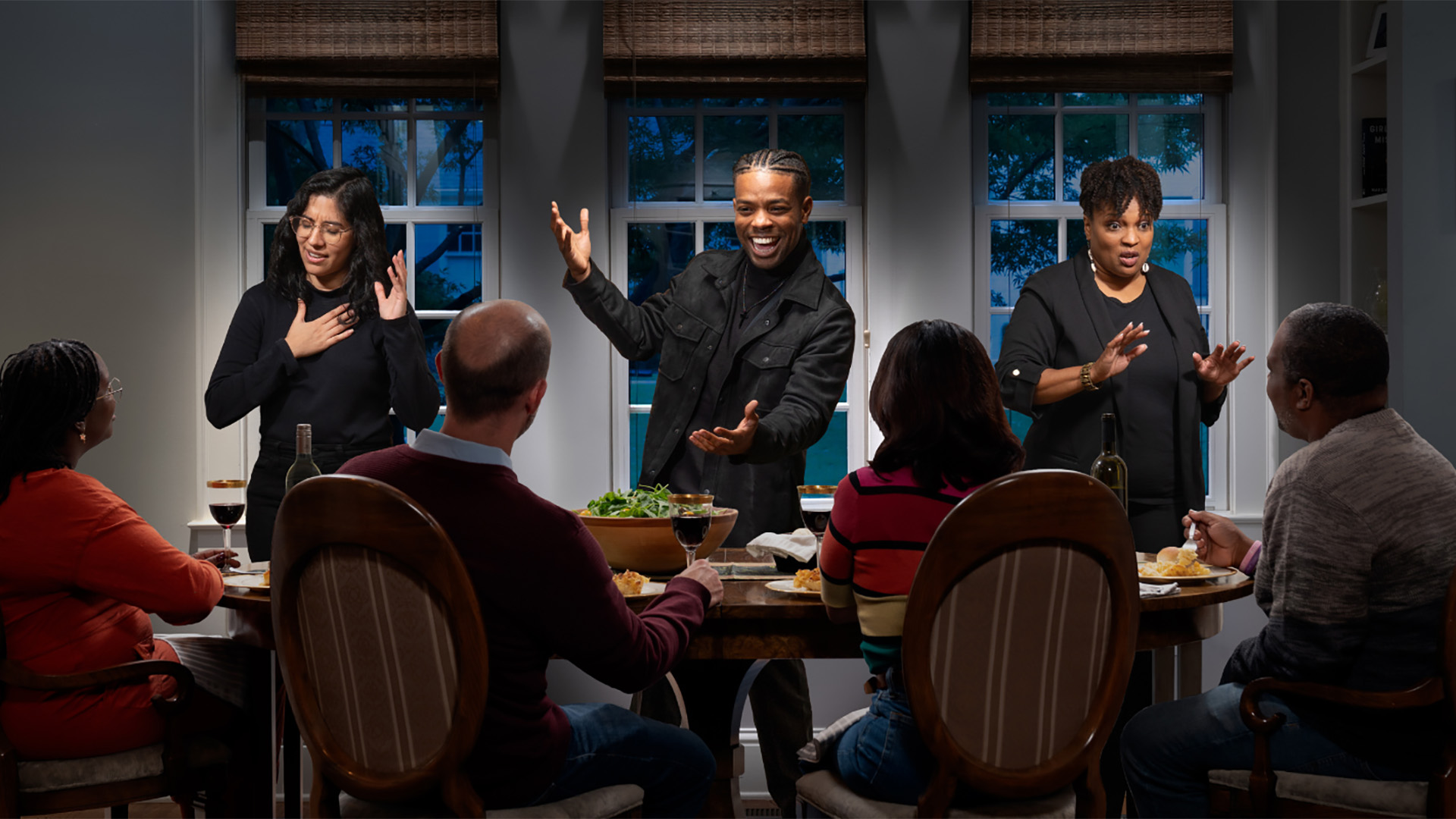

No responses yet